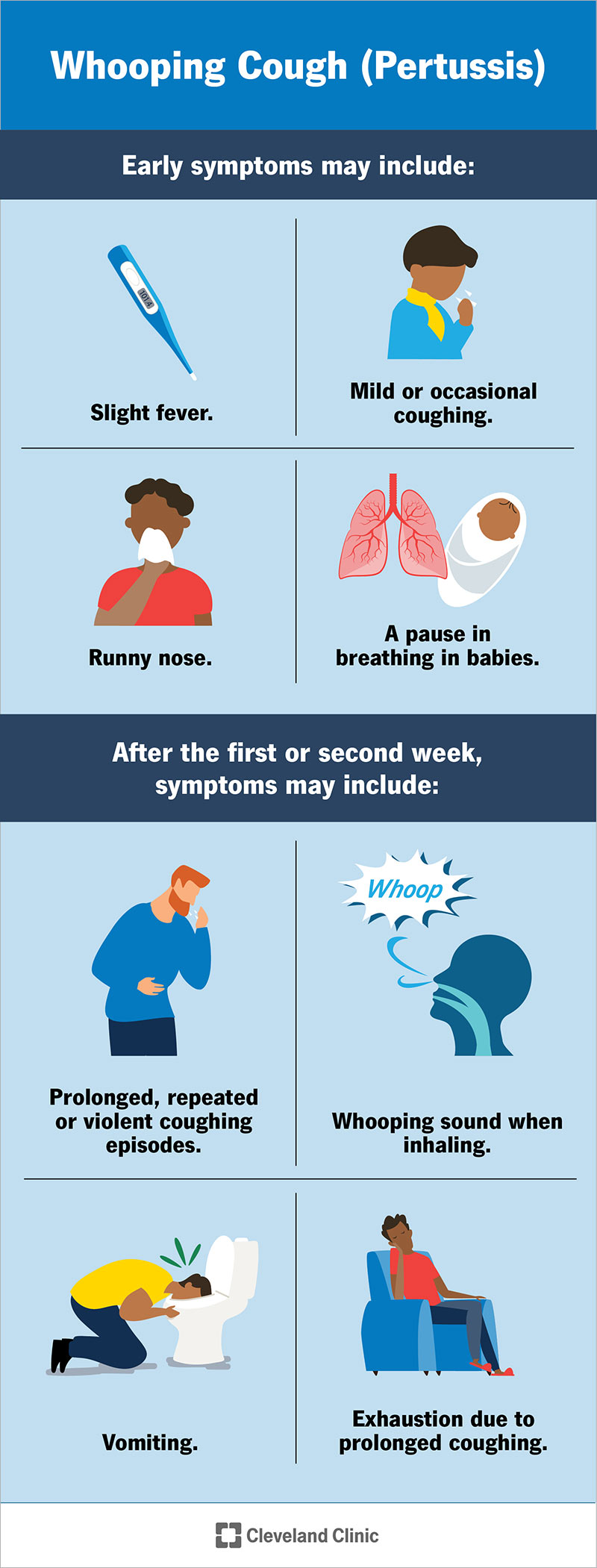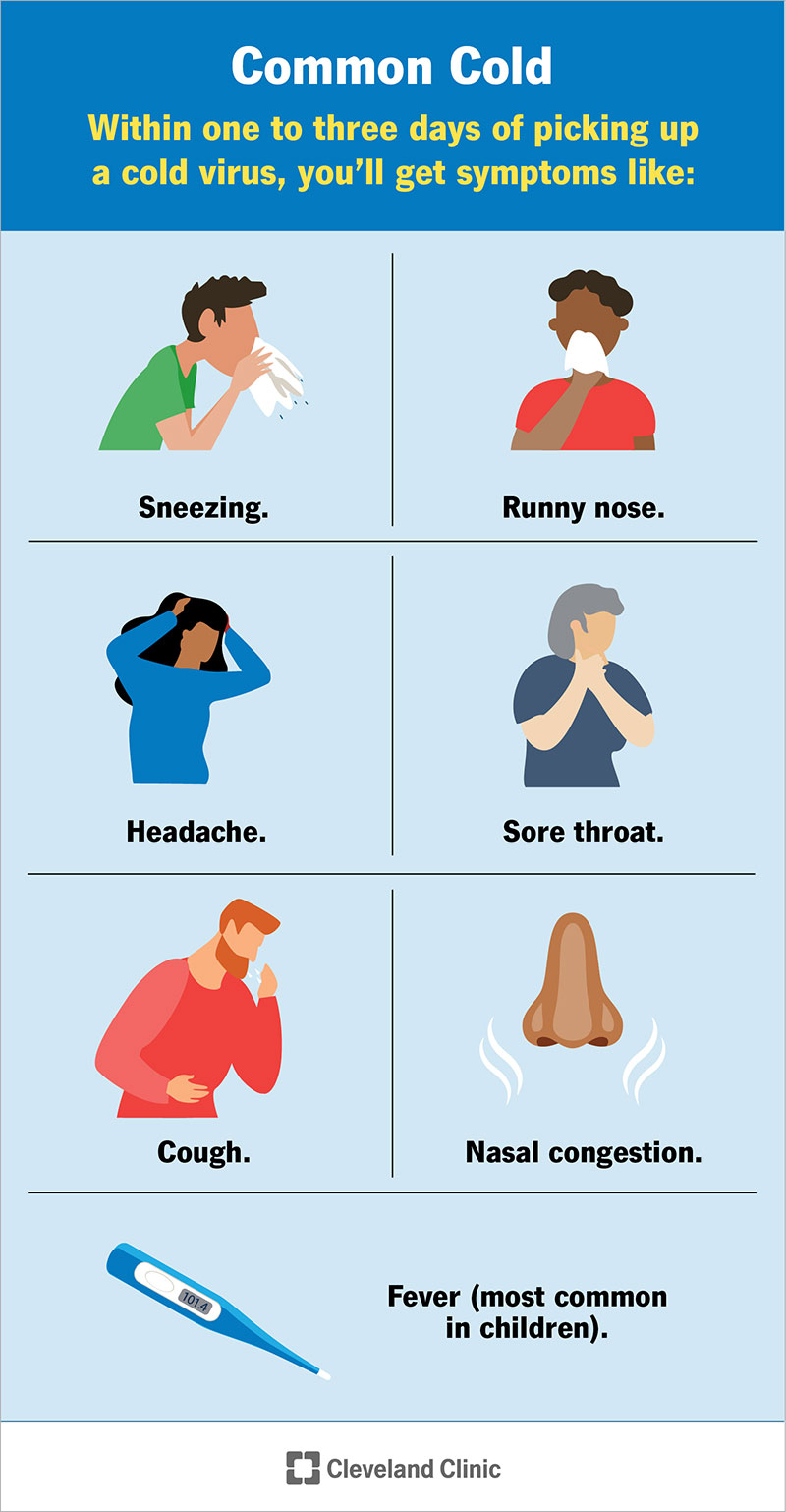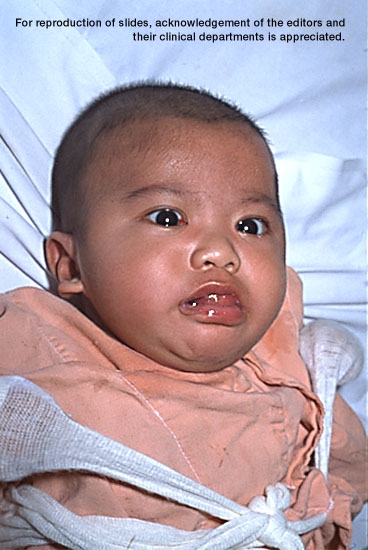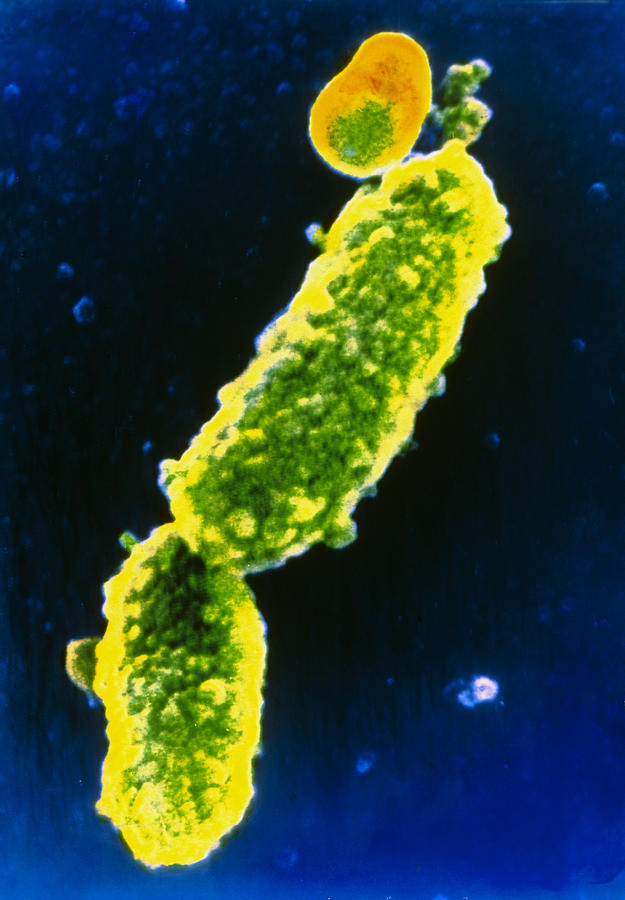Whooping cough, also called pertussis, is a serious respiratory infection caused by a type of bacteria called Bordetella pertussis.The infection causes violent, uncontrollable coughing that can
Whooping cough (/ ˈ h uː p ɪ ŋ / or / ˈ w uː p ɪ ŋ /), also known as pertussis or the 100-day cough, is a highly contagious, vaccine-preventable bacterial disease. [1] [10] Initial symptoms are usually similar to those of the common cold with a runny nose, fever, and mild cough, but these are followed by two or three months of severe coughing fits. [1]Following a fit of coughing, a
CDC recommends whooping cough (pertussis) vaccination for everyone. Whooping cough vaccines are the best way to protect against whooping cough.
What is whooping cough (pertussis)? Whooping cough, or pertussis, is very contagious and mainly affects infants and young children. Whooping cough is caused by a bacterium called Bordetella pertussis.The illness is characterized by coughing spells that end with a characteristic "whoop" as air is inhaled.
Pertussis, often called whooping cough, is caused by a bacterial infection. It's a highly contagious illness that spreads easily from person to person through airborne germs from the nose and
Whooping cough (/ ˈ h uː p ɪ ŋ / or / ˈ w uː p ɪ ŋ /), also known as pertussis or the 100-day cough, is a highly contagious, vaccine-preventable bacterial disease. [1] [10] Initial symptoms are usually similar to those of the common cold with a runny nose, fever, and mild cough, but these are followed by two or three months of severe coughing fits. [1]Following a fit of coughing, a CDC recommends whooping cough (pertussis) vaccination for everyone. Whooping cough vaccines are the best way to protect against whooping cough. What is whooping cough (pertussis)?
Whooping cough, or pertussis, is very contagious and mainly affects infants and young children. Whooping cough is caused by a bacterium called Bordetella pertussis.The illness is characterized by coughing spells that end with a characteristic "whoop" as air is inhaled. Pertussis, often called whooping cough, is caused by a bacterial infection. It's a highly contagious illness that spreads easily from person to person through airborne germs from the nose and
Inyecciones de refuerzo. Adolescentes. Debido a que la inmunidad de la vacuna contra la pertusis tiende a disminuir a los 11 años de edad, los médicos recomiendan una vacuna de refuerzo a esa edad para proteger contra la tos ferina (pertusis), la difteria y el tétanos.
Clinical features. Pertussis has an insidious onset with catarrhal symptoms that are indistinguishable from those of minor respiratory tract infections Next is the paroxysmal stage characterized by numerous, rapid coughs The final stage is the convalescent stage, which can take from weeks to months to resolve.
Differences in clinical presentation Age. In infants, apnea may be the only symptom and the cough may be minimal or absent. Healthcare providers often overlook pertussis in the differential diagnosis of cough illness in adolescents and adults.
Early symptoms of pertussis (whooping cough) can look like a common cold. Whooping cough is known for the "whoop" noise when someone gasps for air after a coughing fit.
Symptoms of Whooping Cough - CDC
Inyecciones de refuerzo. Adolescentes. Debido a que la inmunidad de la vacuna contra la pertusis tiende a disminuir a los 11 años de edad, los médicos recomiendan una vacuna de refuerzo a esa edad para proteger contra la tos ferina (pertusis), la difteria y el tétanos. Clinical features. Pertussis has an insidious onset with catarrhal symptoms that are indistinguishable from those of minor respiratory tract infections Next is the paroxysmal stage characterized by numerous, rapid coughs The final stage is the convalescent stage, which can take from weeks to months to resolve.
Differences in clinical presentation Age. In infants, apnea may be the only symptom and the cough may be minimal or absent. Healthcare providers often overlook pertussis in the differential diagnosis of cough illness in adolescents and adults. Early symptoms of pertussis (whooping cough) can look like a common cold. Whooping cough is known for the "whoop" noise when someone gasps for air after a coughing fit.
Treatment. Healthcare providers generally treat whooping cough with antibiotics. There are several antibiotics available for treatment. It's very important to treat whooping cough early, before coughing fits begin Treating whooping cough early can
Pertussis: What you need to know Pertussis is a highly infectious respiratory tract infection. It is characterized by a "hacking" cough, followed by a high pitched intake of breath, or a "whoop" (hence the common
Whooping cough, also known as pertussis, is a very contagious bacterial infection of your nose and throat, or your respiratory tract. It causes long stretches of severe coughs that sometimes end
Whooping cough, also known as pertussis, is a highly infectious disease usually caused by the bacterium Bordetella pertussis The infection is transmitted via respiratory secretions.
Whooping cough | Health topics A to Z | CKS | NICE
Treatment. Healthcare providers generally treat whooping cough with antibiotics. There are several antibiotics available for treatment. It's very important to treat whooping cough early, before coughing fits begin Treating whooping cough early can Pertussis: What you need to know Pertussis is a highly infectious respiratory tract infection. It is characterized by a "hacking" cough, followed by a high pitched intake of breath, or a "whoop" (hence the common Whooping cough, also known as pertussis, is a very contagious bacterial infection of your nose and throat, or your respiratory tract.
It causes long stretches of severe coughs that sometimes end Whooping cough, also known as pertussis, is a highly infectious disease usually caused by the bacterium Bordetella pertussis The infection is transmitted via respiratory secretions.
Pertussis (whooping cough) is common in the United States, with frequent outbreaks. Protecting people at highest risk of serious illness is the primary focus during outbreaks.
It's also called pertussis. An infection with bacteria causes it. Many people with the illness get a serious hacking cough. Breathing in after coughing often causes a high-pitched noise that sounds like a "whoop." Before the vaccine for pertussis came out, whooping cough was thought of as a childhood disease. Today, whooping cough mainly
Pertussis, or whooping cough, is an acute respiratory tract infection that continues to affect a significant portion of the global population, with more than 24 million estimated cases in 1
Footnotes. While antibiotics are most effective during the first weeks of illness, given the severity of pertussis in infants and out of an abundance of caution, CDC recommends antibiotics up to 6 weeks following cough onset.
Treatment of Pertussis | Whooping Cough | CDC
Pertussis (whooping cough) is common in the United States, with frequent outbreaks. Protecting people at highest risk of serious illness is the primary focus during outbreaks. It's also called pertussis. An infection with bacteria causes it. Many people with the illness get a serious hacking cough.
Breathing in after coughing often causes a high-pitched noise that sounds like a "whoop." Before the vaccine for pertussis came out, whooping cough was thought of as a childhood disease. Today, whooping cough mainly Pertussis, or whooping cough, is an acute respiratory tract infection that continues to affect a significant portion of the global population, with more than 24 million estimated cases in 1 Footnotes. While antibiotics are most effective during the first weeks of illness, given the severity of pertussis in infants and out of an abundance of caution, CDC recommends antibiotics up to 6 weeks following cough onset.
Whooping cough (also called pertussis or the "100-day cough") is a respiratory infection known for the high-pitched "whoop" sound some people make after coughing. Pertussis affects people of all ages but usually causes the most severe symptoms in infants.
Pertussis remains one of the leading causes of vaccine-preventable deaths worldwide. Whooping Cough Pertussis, also known as whooping cough, can cause serious illness in people of all ages but is most dangerous for babies.
Whooping cough is a respiratory illness caused by a type of bacteria called Bordetella pertussis. The disease is only found in humans. Whooping cough bacteria attach to the cilia (tiny, hair-like extensions) that line part of the upper respiratory system. The bacteria release toxins (poisons), which damage the cilia and cause airways to swell.
How Whooping Cough Symptoms Compare. Whooping cough vs. croup. Whooping cough is similar to croup in that both illnesses are infections affecting the respiratory tract, the system related to
What Are the Signs of Whooping Cough in Adults? - WebMD
Whooping cough (also called pertussis or the "100-day cough") is a respiratory infection known for the high-pitched "whoop" sound some people make after coughing. Pertussis affects people of all ages but usually causes the most severe symptoms in infants. Pertussis remains one of the leading causes of vaccine-preventable deaths worldwide. Whooping Cough Pertussis, also known as whooping cough, can cause serious illness in people of all ages but is most dangerous for babies. Whooping cough is a respiratory illness caused by a type of bacteria called Bordetella pertussis.
The disease is only found in humans. Whooping cough bacteria attach to the cilia (tiny, hair-like extensions) that line part of the upper respiratory system. The bacteria release toxins (poisons), which damage the cilia and cause airways to swell. How Whooping Cough Symptoms Compare. Whooping cough vs.
croup. Whooping cough is similar to croup in that both illnesses are infections affecting the respiratory tract, the system related to
Pertussis, also known as whooping cough, is a highly contagious respiratory infection caused by the bacterium Bordetella pertussis. In 2018, there were more than 151 000 cases of pertussis globally. Pertussis spreads easily from person to person mainly through droplets produced by coughing or sneezing. The disease is most dangerous in infants
Pertussis, "a violent cough," also known as whooping cough or "the cough of 100 days," was first described in the Paris epidemic of Bordetella pertussis, the causative organism, was discovered in 1906, and a vaccine was developed in the 1940s. Before the pertussis vaccine was developed, pertussis was a major cause of infant morbidity and mortality.[1][2][3] Pertussis is a serious
Clinical Features. Pertussis is highly contagious; secondary attack rates exceed 80% in susceptible household contacts 19 20.The incubation period is usually 5 to 10 days, but symptoms may develop up to 3 weeks after exposure 21.The clinical course of pertussis infection has 3 stages: catarrhal, paroxysmal, and convalescent.
Pertussis contributed to the death of an adult in Idaho in February, according to the state's Central District Health. The most common complication of whooping cough is pneumonia, which can be fatal.
'Fighting to breathe': Whooping cough surges as vaccination rates drop
Pertussis, also known as whooping cough, is a highly contagious respiratory infection caused by the bacterium Bordetella pertussis. In 2018, there were more than 151 000 cases of pertussis globally. Pertussis spreads easily from person to person mainly through droplets produced by coughing or sneezing. The disease is most dangerous in infants Pertussis, "a violent cough," also known as whooping cough or "the cough of 100 days," was first described in the Paris epidemic of Bordetella pertussis, the causative organism, was discovered in 1906, and a vaccine was developed in the 1940s. Before the pertussis vaccine was developed, pertussis was a major cause of infant morbidity and mortality.[1][2][3] Pertussis is a serious Clinical Features.
Pertussis is highly contagious; secondary attack rates exceed 80% in susceptible household contacts 19 20.The incubation period is usually 5 to 10 days, but symptoms may develop up to 3 weeks after exposure 21.The clinical course of pertussis infection has 3 stages: catarrhal, paroxysmal, and convalescent. Pertussis contributed to the death of an adult in Idaho in February, according to the state's Central District Health. The most common complication of whooping cough is pneumonia, which can be fatal.




